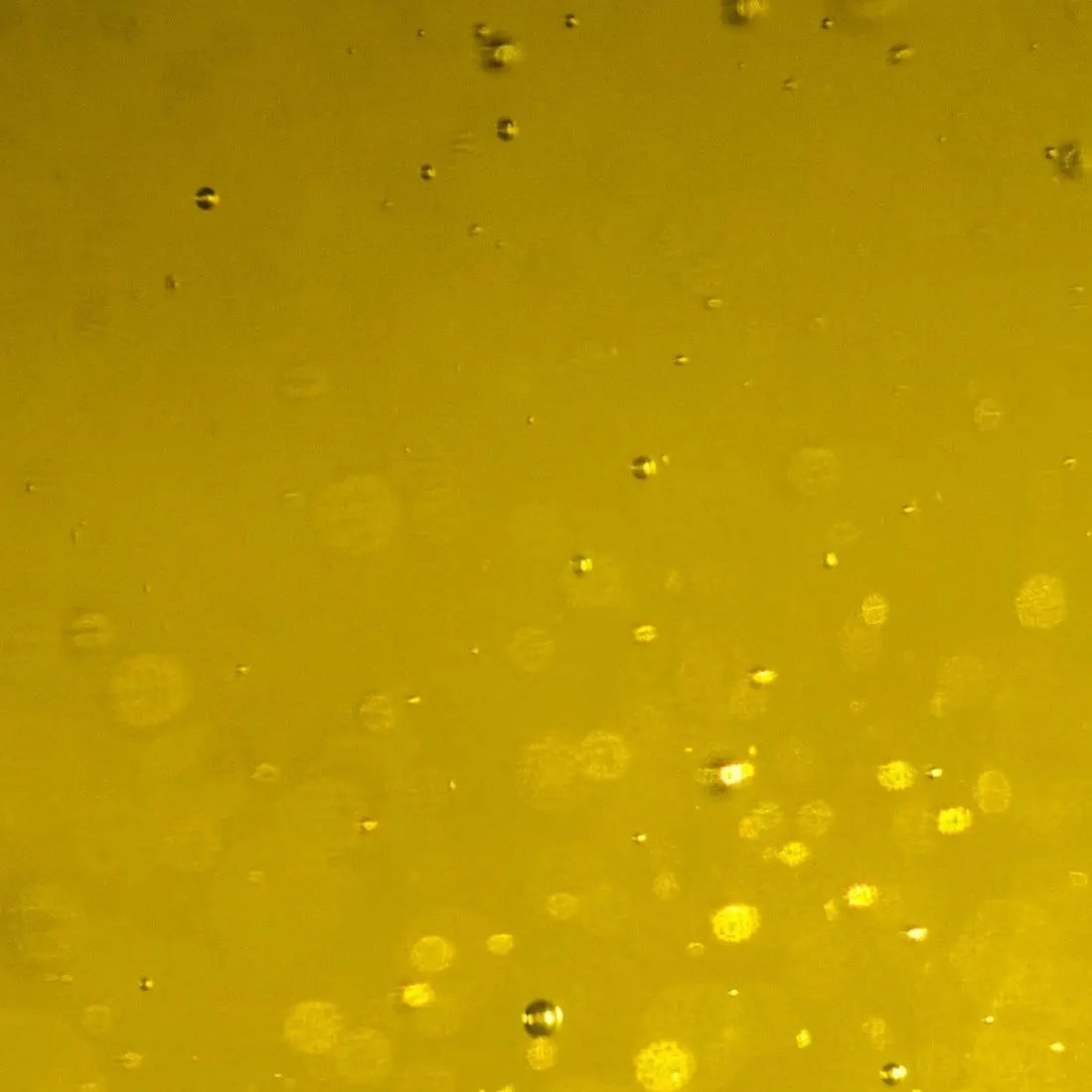For decades, fluoride has been the go-to ingredient in toothpaste. But today, many dentists and health-conscious consumers are turning to a new, science-backed alternative: hydroxyapatite, a naturally occurring mineral that makes up 97% of your enamel.
If you’re wondering whether hydroxyapatite toothpaste is better than fluoride—or simply what the difference is—this guide breaks down the science, safety, and real-world benefits so you can make an informed choice.
What Is Fluoride?
Fluoride is a mineral that strengthens teeth and helps prevent cavities. It works by:
- Rebuilding weaker areas of enamel (remineralization)
- Making enamel more resistant to acid
- Reducing early-stage tooth decay
But fluoride only works indirectly. It does not rebuild enamel itself—it helps attract minerals back into weakened areas. And while it’s effective, fluoride also comes with well-documented concerns.
What Is Hydroxyapatite?
Hydroxyapatite (HA) is the exact same mineral that makes up:
- 97% of tooth enamel
- 60% of dentin
- Bones throughout the body
Hydroxyapatite toothpaste supplies the actual mineral your teeth are made of, helping rebuild and repair enamel naturally.
There are two primary forms:
- Nano hydroxyapatite (nano-HA) – very small particles, often used in medical implants
- Non-nano hydroxyapatite – larger, naturally safer particles used in premium oral care
ORL Cares uses non-nano hydroxyapatite for clean, effective remineralization without the concerns associated with nanoparticles.
How Hydroxyapatite Works vs. How Fluoride Works
Hydroxyapatite: Direct Repair
✔ Rebuilds enamel by filling microscopic grooves
✔ Bonds directly to tooth structure
✔ Reduces sensitivity by sealing open dentin tubules
✔ Creates a smoother, whiter surface
✔ Helps rebalance the oral microbiome
Fluoride: Indirect Protection
✔ Strengthens enamel but does not rebuild it
✔ Helps resist acid
✔ Reduces cavity risk
✖ Can cause fluorosis if swallowed in excess
✖ Does not improve the oral microbiome
✖ Can irritate gums or tissues
Is Hydroxyapatite Safer Than Fluoride?
For many families, the biggest difference isn’t just performance—it’s safety.
Fluoride Safety Considerations
- Fluorosis risk for children
- Should not be swallowed
- Not recommended for infants
- Can cause stomach irritation
- Concerns about long-term systemic exposure
Hydroxyapatite Safety Profile
- Biocompatible and non-toxic
- Safe if swallowed (even for children)
- Naturally found in human teeth and bones
- Does not disrupt the gut or oral microbiome
This is why hydroxyapatite toothpastes are gaining popularity among parents, wellness-focused consumers, and those with sensitivity.
Which Is Better for Remineralization?
Studies consistently show hydroxyapatite performs equal to—or better than—fluoride for remineralization.
Hydroxyapatite Advantages
- Rebuilds enamel directly (fluoride does not)
- Repairs surface defects
- Reduces tooth sensitivity faster
- Supports long-term enamel density
- Works in a neutral 7.0 pH environment—which ORL products maintain
Your mouth can only remineralize effectively when its pH is balanced, which is why acidic toothpaste formulas undercut fluoride’s effectiveness.
Which Is Better for Whitening?
Hydroxyapatite has a unique whitening benefit fluoride lacks:
It smooths and seals the tooth surface, making it harder for stains to stick.
This leads to:
- Brighter, glossier enamel
- Less staining from coffee, wine, and tea
- Reduced yellowing over time
No peroxide required—just healthier enamel.
Side-by-Side Comparison
|
Feature |
Hydroxyapatite |
Fluoride |
|
Rebuilds enamel |
Yes |
No |
|
Reduces sensitivity |
Yes |
Somewhat |
|
Safe if swallowed |
Yes |
No |
|
Supports oral microbiome |
Yes |
No |
|
Strengthens enamel |
Yes |
Yes |
|
Whitening benefits |
Yes |
No |
|
Risk of fluorosis |
No |
Yes |
|
Recommended for kids |
Yes |
Limited |
Why Hydroxyapatite + 7.0 pH Is Even More Effective
ORL Cares pairs hydroxyapatite with a perfectly neutral 7.0 pH formula.
This matters because:
- Acids weaken enamel and feed harmful bacteria
- Most mainstream toothpastes are acidic
- A neutral pH allows hydroxyapatite to bond better
- Balanced pH helps restore a healthy oral microbiome
Cleaner ingredients + a balanced pH = a healthier environment for enamel to rebuild.
Who Should Choose Hydroxyapatite Toothpaste?
Hydroxyapatite is ideal for:
- People with enamel erosion
- Those with sensitivity
- Kids and families
- Adults 40+
- People avoiding fluoride
- Anyone interested in natural, non-toxic oral care
- Those looking for gentle whitening without sensitivity
The Bottom Line: Hydroxyapatite Is the Modern Alternative to Fluoride
Fluoride has been the standard for decades—but hydroxyapatite represents the next generation of enamel care. It is safer, cleaner, and often more effective at repairing, remineralizing, and whitening your teeth.
If you’re looking for a natural formula that works with your mouth—not against it—hydroxyapatite is the better choice.
Interested in Trying a Hydroxyapatite Toothpaste?
ORL’s natural, non-nano hydroxyapatite toothpaste is:
- 7.0 pH balanced
- Made with organic xylitol
- Formulated without harsh chemicals or acids
- Designed to repair, restore, and protect enamel naturally
A healthier smile starts with healthier ingredients.



